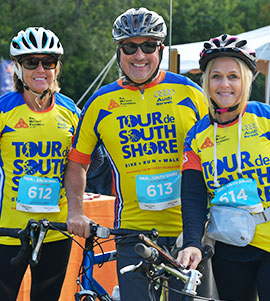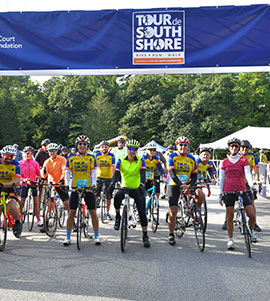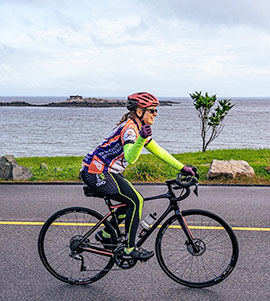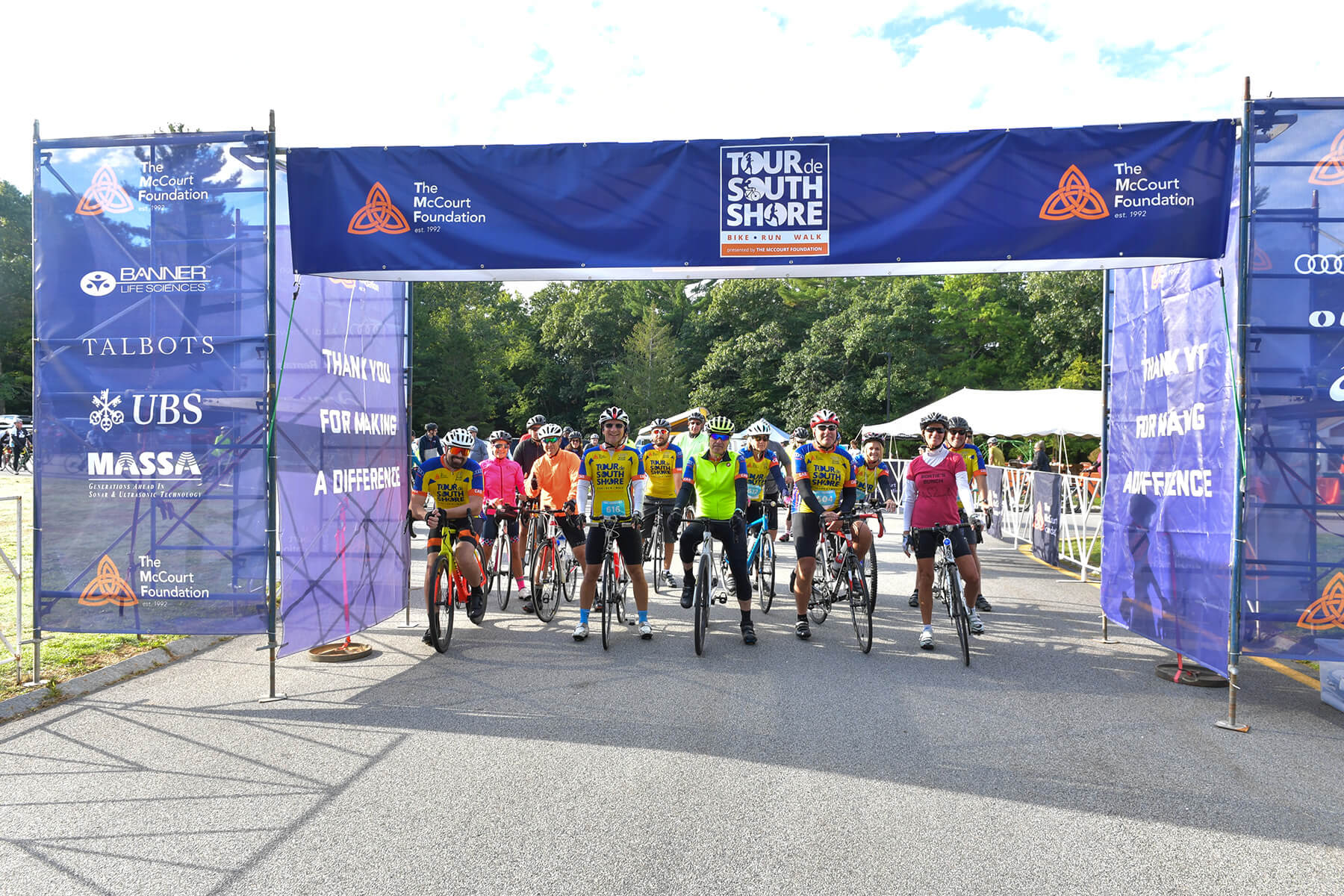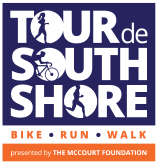Tour De South Shore
The Tour de South Shore is an annual fundraising event that offers a 25- or 50- mile bike events and a 5K fun run/walk all supporting The McCourt Foundation's mission cure neurological diseases while empowering communities to build a healthier world. This event is family friendly, and all participants are invited to a post-race celebration with free food, 2 beer tickets (21+), an awards ceremony, and more.
